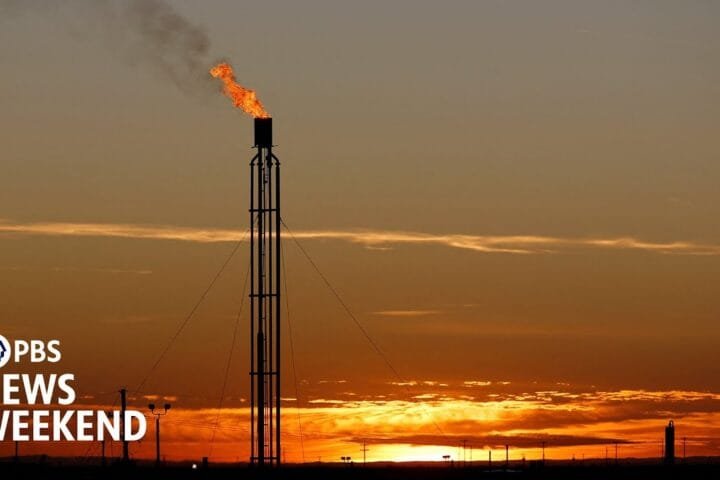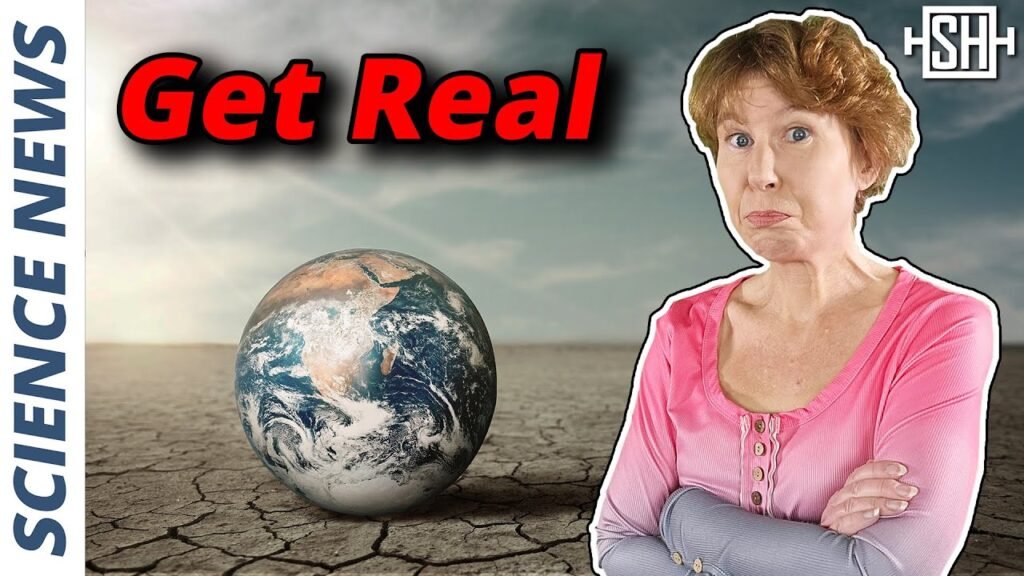Transportation is the largest contributor of U.S. greenhouse gas emissions, accounting for about nearly 30 percent in most recent estimates. Phoenix Mayor Kate Gallego and Ford’s chief sustainability officer Bob Holycross discuss efforts to decarbonize transportation, build out electric vehicle infrastructure and design smarter cities.
Text above is from original video description.
Key Insights:
Electrification and Market Growth: Bob Holy Cross from Ford highlights that despite some recent slowdowns, the overall trajectory for electric vehicle adoption remains positive. He points out that early adopters have shown significant enthusiasm for EVs like the F-150 Lightning and the Mustang Mach-E. However, as the market matures, issues such as pricing and charging infrastructure become more critical. Holy Cross states, “We will sell more electric vehicles this year than we sold last year, but we’re going to have to address more specific needs as we get further into the market.”
Commercial and Hybrid Vehicles: Holy Cross elaborates on the success of Ford’s commercial electric vehicles, particularly the E Transit van, which has been well-received by small businesses due to its low operating costs and minimal maintenance. He also underscores the importance of hybrid vehicles as a bridge for consumers not yet ready to fully transition to electric cars. “Hybrids provide a bridge for some who aren’t necessarily ready to go fully electric,” he notes, emphasizing the role of hybrids in the overall transition.
Policy Incentives and Consumer Awareness: The discussion touches on the impact of the Inflation Reduction Act (IRA) and other federal and state incentives designed to accelerate EV adoption. Holy Cross mentions that while consumers are becoming more aware of these incentives, the full impact is still unfolding. He highlights the importance of a holistic policy approach to support the competitiveness of the U.S. in the EV market.
Affordability and Technological Advancements: Addressing concerns about the high costs of EVs, Holy Cross talks about Ford’s efforts to reduce production costs through technological advancements and new battery chemistries. He acknowledges that affordability remains a significant barrier and that the industry must work towards offering more cost-effective models without compromising on range and performance.
Charging Infrastructure and Partnerships: The need for a robust charging infrastructure is a recurring theme. Ford’s partnership with Tesla to use their Supercharger network is presented as a strategic move to alleviate range anxiety among consumers. Holy Cross expresses optimism about the progress being made in expanding charging networks, stating, “We’re seeing more chargers come online every day.”
Urban Sustainability and Economic Growth: Phoenix Mayor Kate Gallego provides a compelling narrative on how Phoenix is balancing economic growth with sustainability goals. She discusses the city’s strategic investments in public transit, renewable energy, and water conservation. Mayor Gallego emphasizes the role of innovative technologies and public-private partnerships in achieving these goals. “Investing in sustainability has been a win all around,” she asserts, highlighting projects like the city’s cool pavement program and collaborations with tech companies.
Challenges of Rapid Growth: Mayor Gallego acknowledges the growing pains associated with rapid industrial growth, such as housing affordability and labor shortages. However, she outlines proactive measures Phoenix is taking, including zoning changes for higher density housing, investment in vocational training, and leveraging technologies like pre-printed housing and water recycling.
Extreme Weather and Resilience: Addressing the challenges of extreme heat and water scarcity, Mayor Gallego talks about the city’s comprehensive strategies to enhance resilience. These include expanding cooling centers, equipping firefighters with advanced tools, and investing in energy storage solutions. “We are setting up an ever more ambitious network of cooling centers,” she says, underscoring the city’s commitment to protecting its most vulnerable residents.




